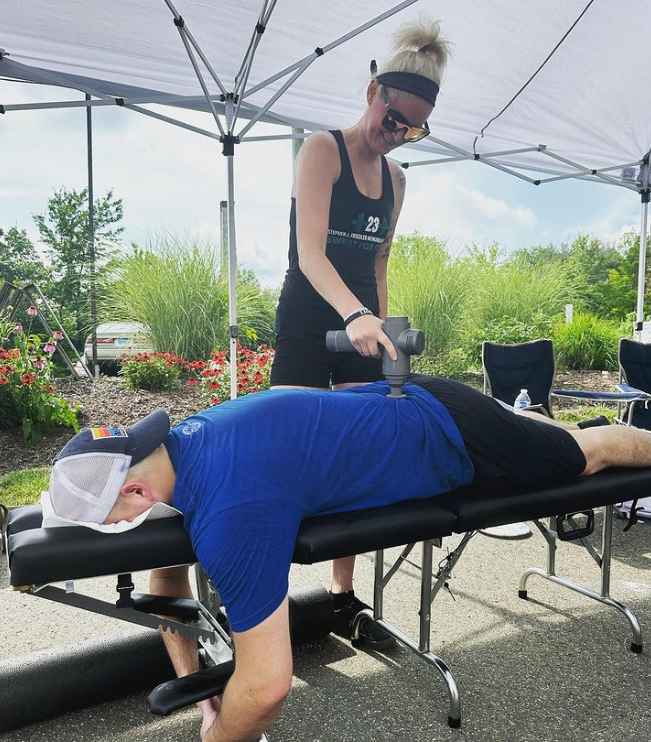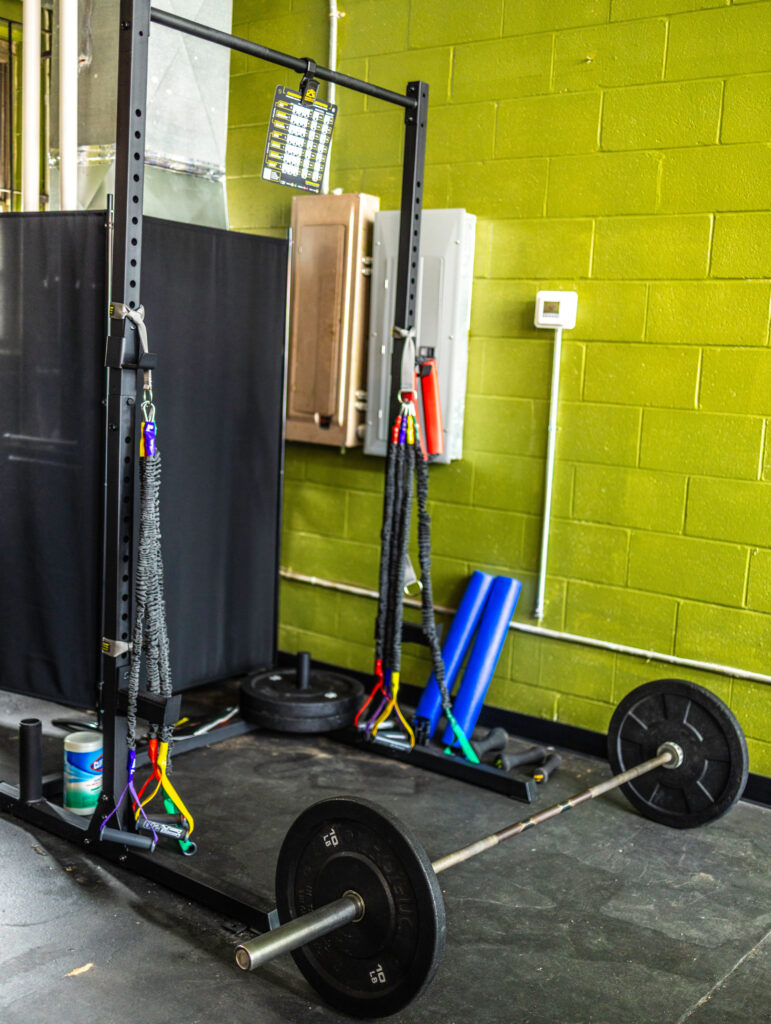Joint pain and mobility issues can significantly impact daily life, making it difficult to perform simple movements, engage in physical activities, or even complete routine tasks. Whether caused by injury, arthritis, muscle imbalances, or wear and tear over time, joint discomfort often leads to stiffness, reduced range of motion, and movement restrictions. Addressing the root cause of joint pain and improving mobility is essential for maintaining strength, flexibility, and overall function.

Understanding Joint Pain and Mobility Limitations
Joints are designed to provide smooth, pain-free movement, but factors like inflammation, muscle imbalances, and poor movement mechanics can lead to discomfort and stiffness. Joint pain can develop due to conditions such as osteoarthritis, rheumatoid arthritis, tendonitis, bursitis, or ligament injuries. Overuse, repetitive stress, and improper body mechanics can also contribute to joint strain, increasing the risk of long-term dysfunction.
Some of the most common causes of joint pain and mobility issues include:
- Arthritis and degenerative joint conditions – Wear and tear on cartilage can cause inflammation, stiffness, and pain.
- Muscle imbalances – Weak or tight muscles around the joint can lead to improper movement patterns, increasing stress on the joint.
- Previous injuries – Ligament tears, fractures, or untreated injuries can result in chronic discomfort and restricted mobility.
- Poor posture or biomechanics – Misalignment of the spine, hips, or shoulders can create excessive strain on the joints.
- Overuse or repetitive movements – Certain activities, sports, or occupational tasks can gradually wear down joint structures.
If left untreated, joint pain and mobility restrictions can worsen over time, making movement increasingly difficult and leading to further complications.
Signs of Joint Dysfunction and Mobility Issues
Recognizing joint-related issues early can help prevent long-term damage and improve overall movement. Common symptoms include:
- Stiffness or discomfort when moving the joint
- Swelling, redness, or tenderness in the affected area
- A grinding or clicking sensation during movement
- Reduced range of motion or difficulty bending, extending, or rotating the joint
- Increased discomfort after prolonged inactivity or repetitive motion
- Instability or weakness, making it harder to bear weight on the joint
Ignoring these symptoms can lead to compensatory movement patterns, causing further strain on surrounding muscles and joints.

A Comprehensive Approach to Joint Pain and Mobility Restoration
Managing joint pain and improving mobility requires more than just pain relief. A well-rounded approach focuses on restoring proper joint mechanics, strengthening supporting muscles, and improving flexibility. Some of the most effective rehabilitation techniques include:
- Manual Therapy – Hands-on techniques such as joint mobilization and myofascial release help reduce stiffness and improve circulation.
- Strength and Stability Training – Strengthening the muscles surrounding the joint provides better support and reduces stress on the affected area.
- Neuromuscular Re-Education – Retraining movement patterns ensures that the body moves efficiently, preventing compensatory strain.
- Mobility and Flexibility Work – Stretching and controlled movement exercises restore range of motion and reduce stiffness.
- Functional Movement Training – Reinforcing proper movement mechanics helps improve joint function in everyday activities.
By incorporating these techniques, individuals can restore joint health, reduce pain, and improve overall mobility.
The Impact of Untreated Joint Pain
If joint pain and mobility issues are not addressed properly, they can lead to long-term complications, including:
- Chronic stiffness and decreased movement efficiency – Limited joint function can make everyday tasks more difficult.
- Increased risk of falls and injuries – Weakened joints and instability raise the likelihood of further damage.
- Muscle atrophy and imbalances – Painful joints often lead to reduced activity, causing surrounding muscles to weaken over time.
- Postural misalignment and compensation patterns – When joints aren’t functioning properly, the body adapts in ways that create additional strain elsewhere.
- Progression of degenerative conditions – Conditions like osteoarthritis can worsen if joint health is not properly managed.
Taking proactive steps to address joint pain early can prevent these long-term effects and improve movement quality.
Supporting Joint Health at Home
Along with professional treatment and rehabilitation, there are steps that can be taken at home to support joint health and mobility. Some key strategies include:
- Incorporating Low-Impact Movement – Activities such as walking, swimming, or cycling help keep joints active without excessive strain.
- Using Heat or Cold Therapy – Heat can relax muscles and improve circulation, while ice helps reduce inflammation and pain.
- Strengthening Core and Stabilizing Muscles – A strong core and stabilizing muscles provide better support for the joints.
- Maintaining Proper Hydration and Nutrition – Staying hydrated and consuming anti-inflammatory foods can help reduce joint stiffness.
- Practicing Good Posture and Ergonomics – Proper body alignment reduces unnecessary stress on the joints.
- Taking Regular Breaks from Repetitive Movements – Avoiding prolonged strain on the same joints helps prevent overuse injuries.
These habits can play a significant role in improving joint health and maintaining long-term mobility.
Preventing Future Joint Pain and Mobility Issues
Once joint pain is under control, ongoing maintenance is essential to prevent future problems. Long-term joint health can be supported by:
- Engaging in regular strength training and flexibility exercises
- Avoiding excessive impact or repetitive stress on vulnerable joints
- Using proper movement mechanics during daily activities and exercise
- Wearing supportive footwear to reduce strain on weight-bearing joints
- Staying consistent with mobility work to maintain joint range of motion
By taking a proactive approach to joint care, individuals can continue to move with ease and reduce the risk of future discomfort.
Take Control of Your Joint Health
Joint pain and mobility limitations don’t have to define your daily life. With the right approach, it’s possible to restore function, reduce discomfort, and regain confidence in movement. Whether joint pain is the result of an injury, arthritis, or muscular imbalances, targeted therapy and rehabilitation can make a significant difference.
If you’re experiencing joint pain or mobility restrictions, now is the time to take action. Schedule a consultation today to develop a personalized plan for restoring movement and improving overall joint health.

